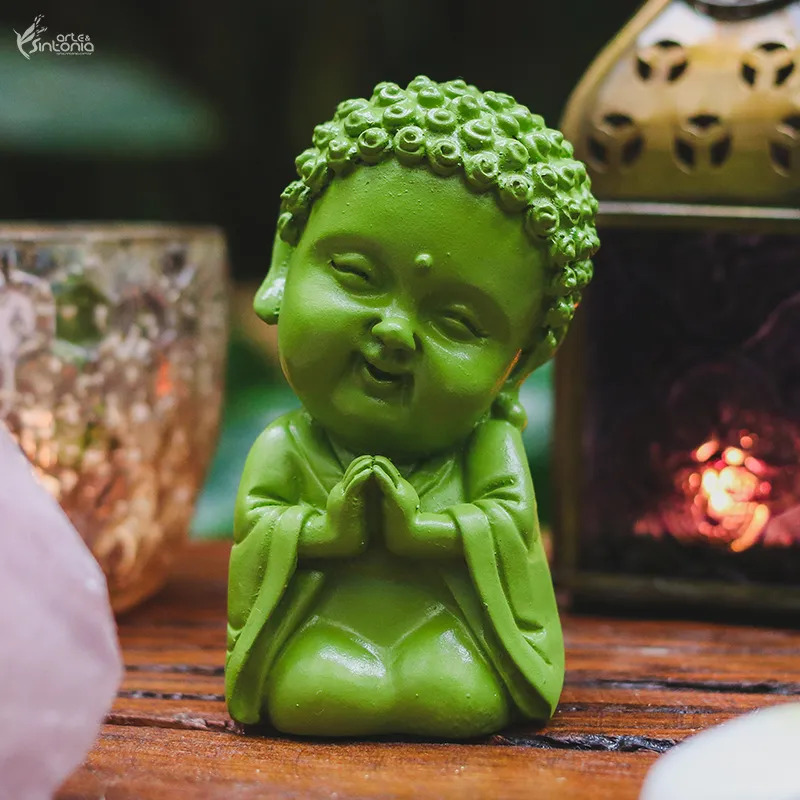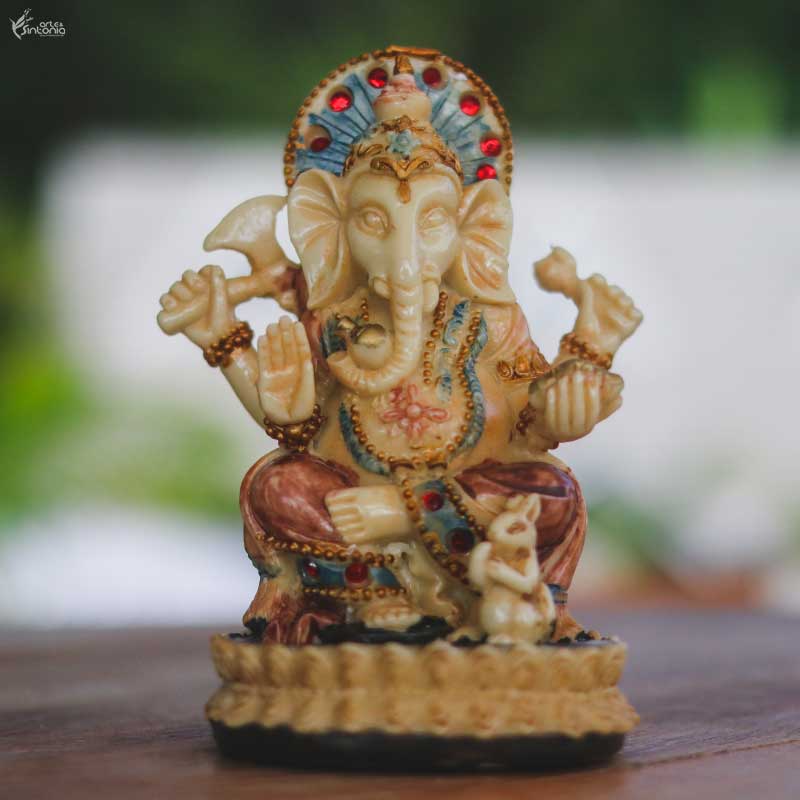When we talk about decoration, functionality and beauty come into play hand in hand to integrate decorative objects with the concepts we aim to compose in the environment. This art of decorating interiors already brings in essence the experimental character. After all, the interiors we cohabit accompany our changes that, in one way or another, also follow the transformations that occur in the world. And it is in this scenario that resin comes to fulfill its role.
As much as art, the material that constitutes it is an indication of our urgencies and references. Each meets an artistic need without competing with each other. And, in this context, resin presents itself in a multifunctional way, both for artists and for consumers, as it is easily sculpted or molded, in addition to providing lightness to the final piece – as hardly any other material could.
Whether cultivated naturally or conceived synthetically, this compound made art more accessible and gave artists more flexibility to define their techniques and choose the productive dimension of their works. In decoration, resin assumes a prominent position and is especially seen in figurative arts such as sculptures ; since it favors the construction of details, the use of colors and fidelity in reproductions.
The versatility of resin for crafts

Resin is one of the most used raw materials in objects due to its versatility.
The use of natural resin in everyday life dates back to Ancient Egypt, especially for the production of incense. However, when synthetic resin began to be developed in the period of industrial modernization, in the mid-nineteenth century, it became the most used to coat utilitarian objects and decorative items. Acrylic and epoxy, for example, are the most common craft resins and can compose different pieces, from sculptures to furniture.
Versatile integration with other artistic interventions makes the resin surface look like other materials, displaying the tactile and visual texture of metals, stones and woods. This characteristic is so exceptional that it plays with the real weight of the decorative objects and, consequently, creates visual interest in the environment.
Malleable raw material and light decorative arts

The malleability of the resin favors the creation and reproduction of sculptures rich in detail.
The great differential of the resin is to offer a series of artistic possibilities due to its formability, that is, the malleability without ruptures in the raw material. It makes the carving process so much easier manual as to prototyping and replicating arts from molds. This allows artists to have more precision to increase details and be faithful to the original idea and creation.
Regardless of the different compositions of synthetic resin, which result in hard or soft structures, the lightness stands out when compared to more solid materials such as wood and stone, allowing changes in decoration. This detail is important to consider, since, depending on the dimension, wood or stone sculptures may become impracticable to manipulate in the environment – requiring a fixed space.
Synthetic resin statues and the value of details

The stable base of the resin craft brings more freedom to customize the piece and environment.
The keyword that best represents the arts in resin is freedom, both creative, due to the artistic possibilities of creating simple shapes in stylized sculptures or elaborate ones with more complex finishes; as for decoration. It also guides the feasibility of adding color and other finishing processes in addition to painting, as it is a stable and very durable base for all types of decorative objects.
The effect of this set of details on interior decoration is truly amazing. If, on the one hand, monochrome statues exalt shapes and details, highlighting art as a whole; on the other hand, colorful crafts use the color palette both as a focal element and as a guide to other shelving and sideboard compositions.
Figurative art with resin in decoration

Resin sculpture is a complete art and transfers a special mood in the decoration.
Whatever the style, theme or size of the resin sculpture , it is always a wildcard object in interiors, especially as figurative art, that is, while it realistically or stylized represents everyday references such as fauna, flora, among others. She creates a special arrangement on furniture or in the garden , transferring a touch of humor to them that reverberates throughout the decor.
After all, resin art is an epitome of versatility as it unites resistance and lightness in the same piece; beauty and practicality; modernity and antiquity; among so many other alternatives to build an attractive, creative look that arouses affection. Want to see? Access our online store and see the universe of possibilities to transform your environment.
Namaste!
Milene Sousa – Art & Tune










